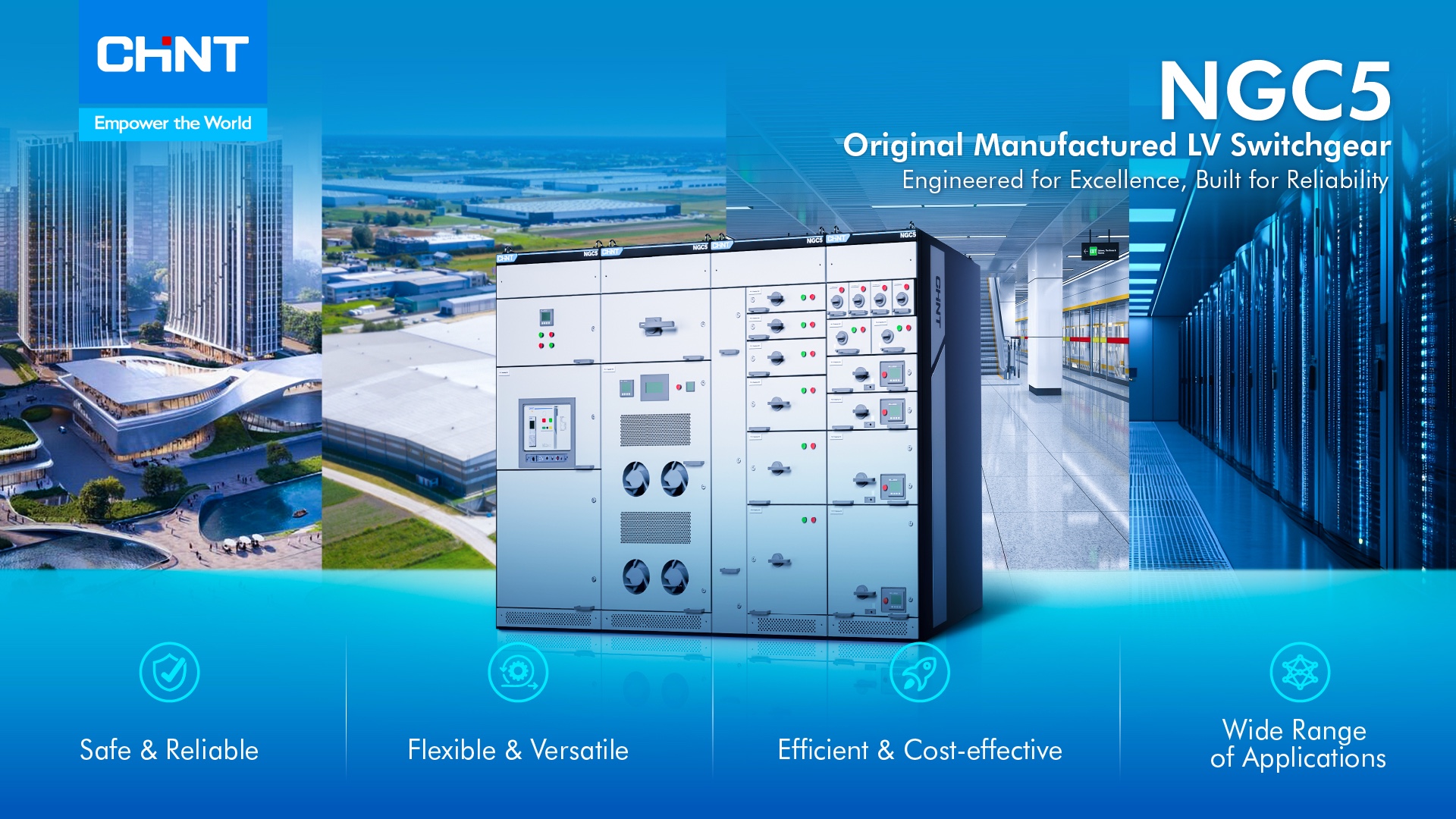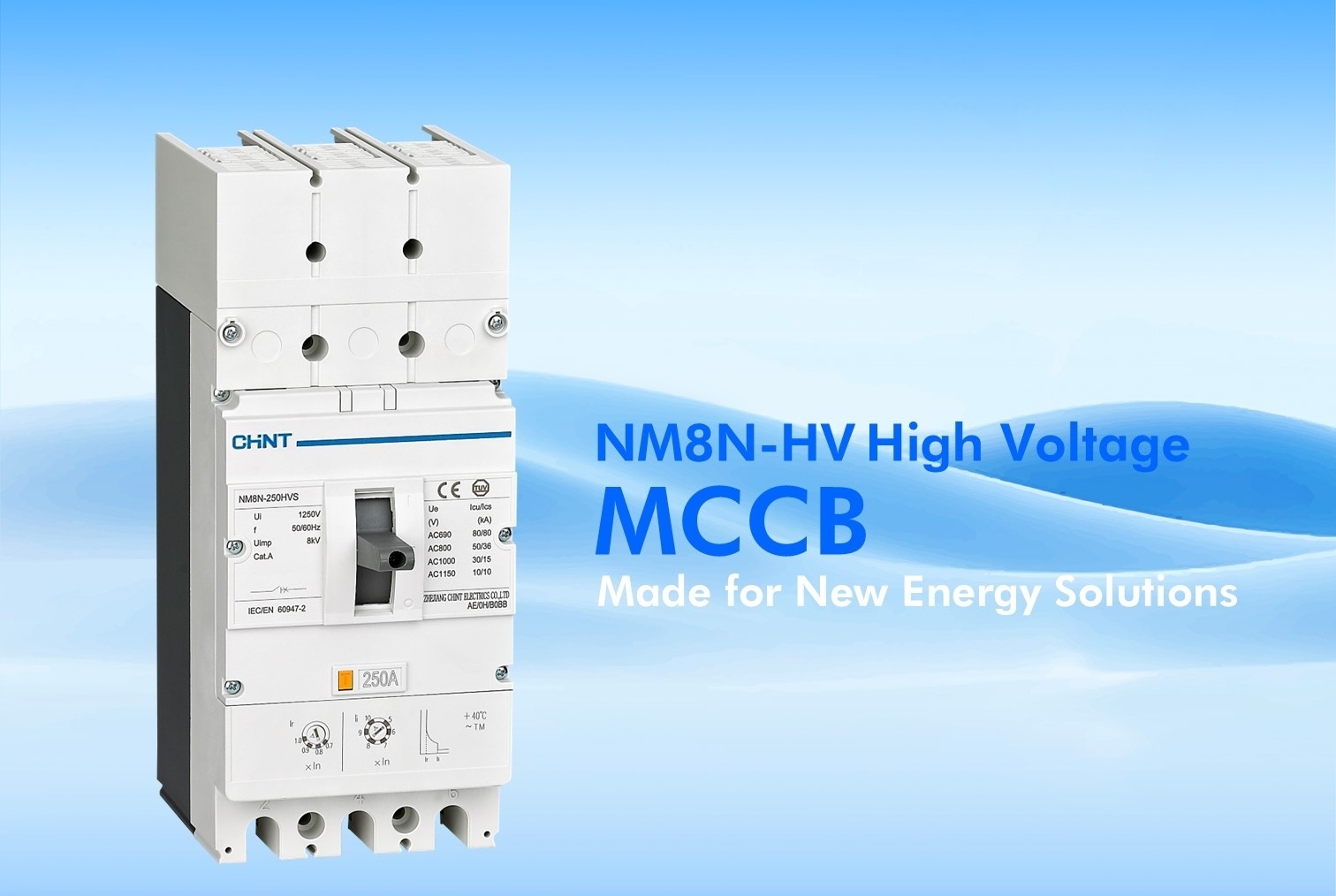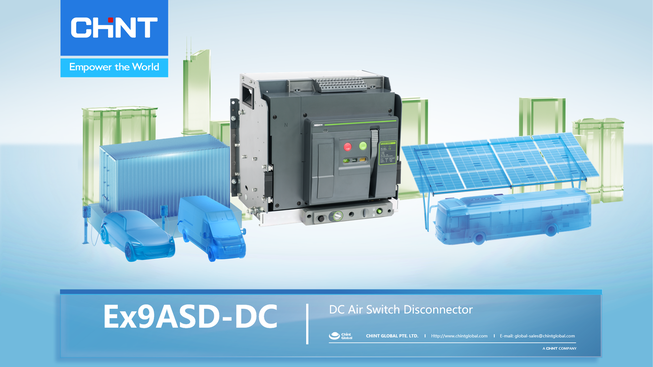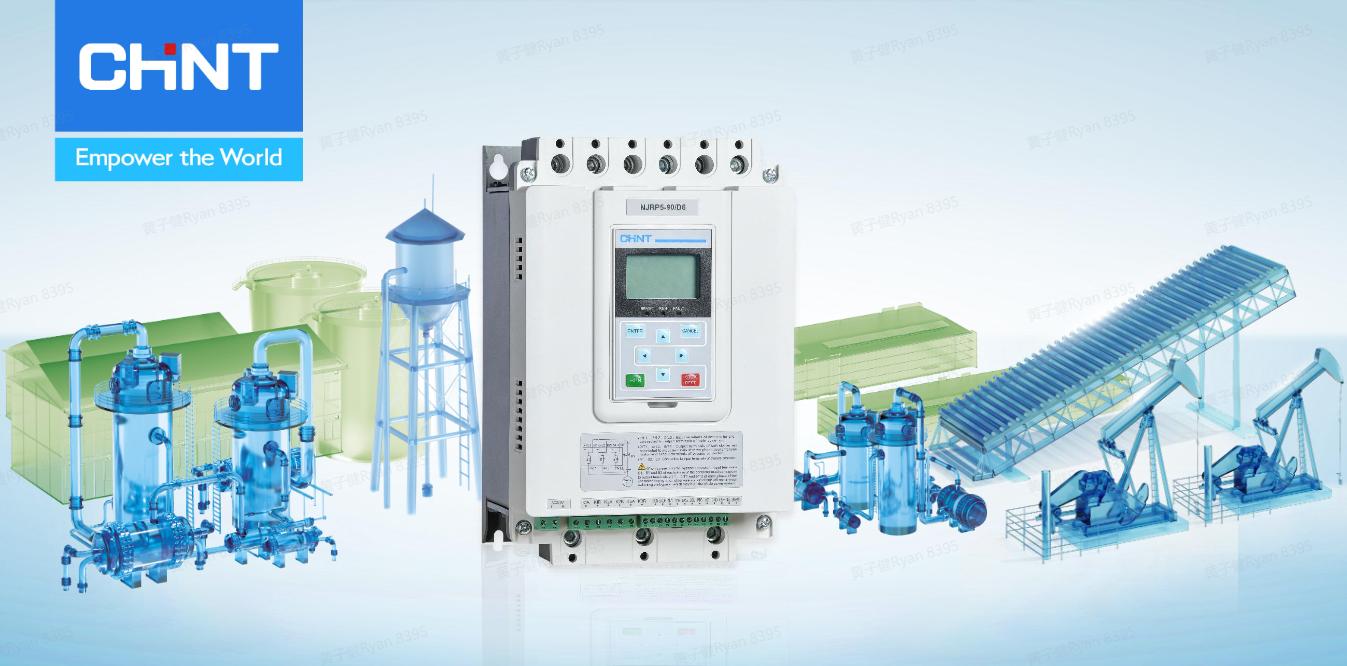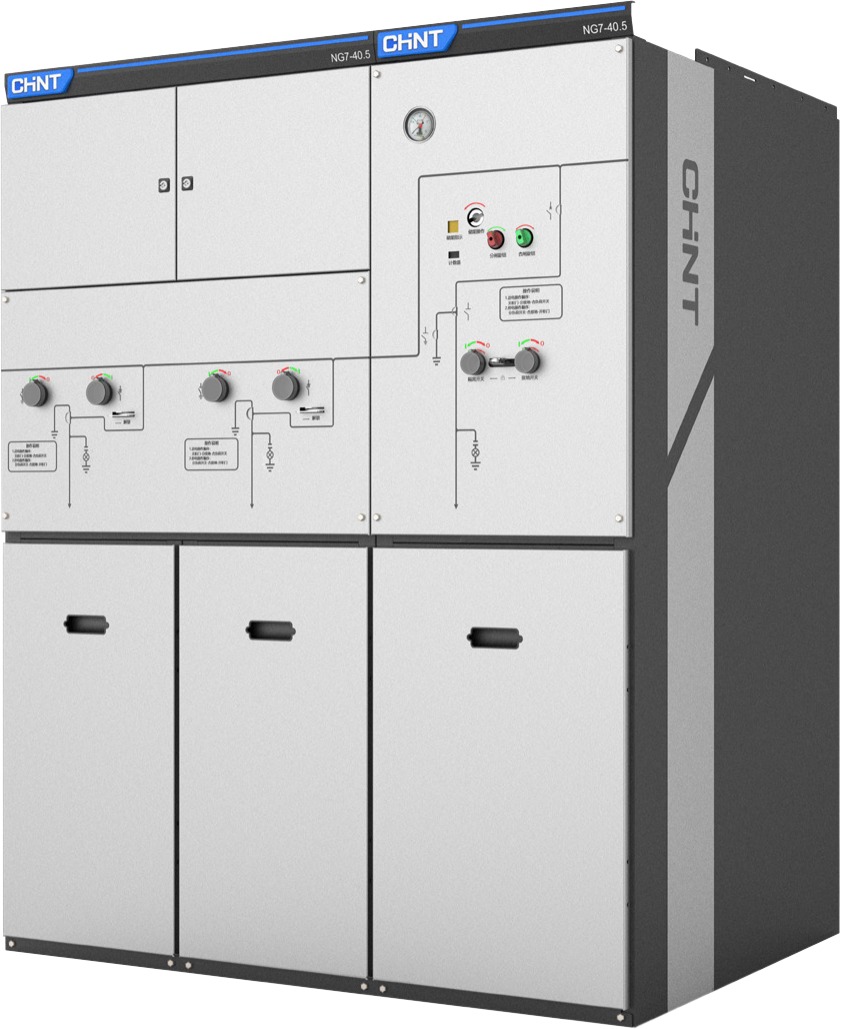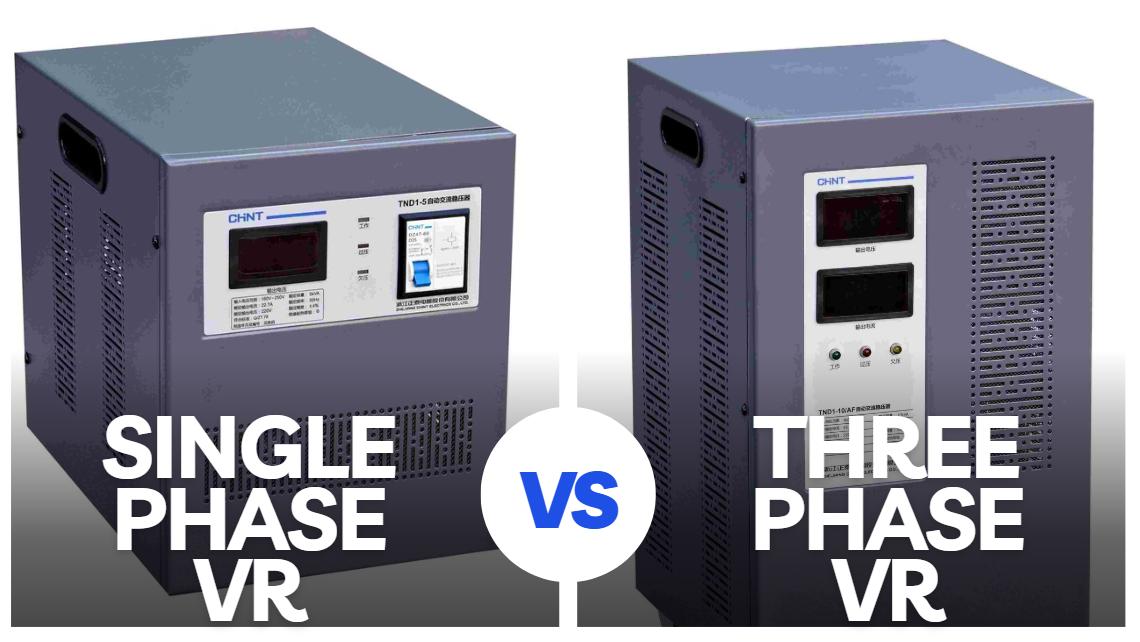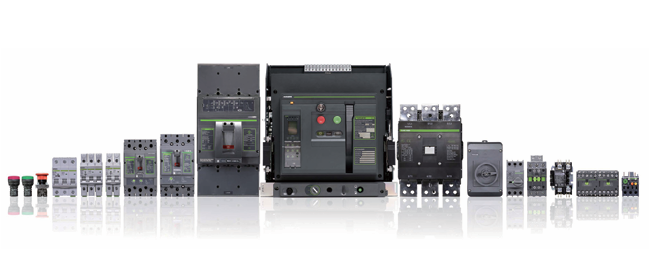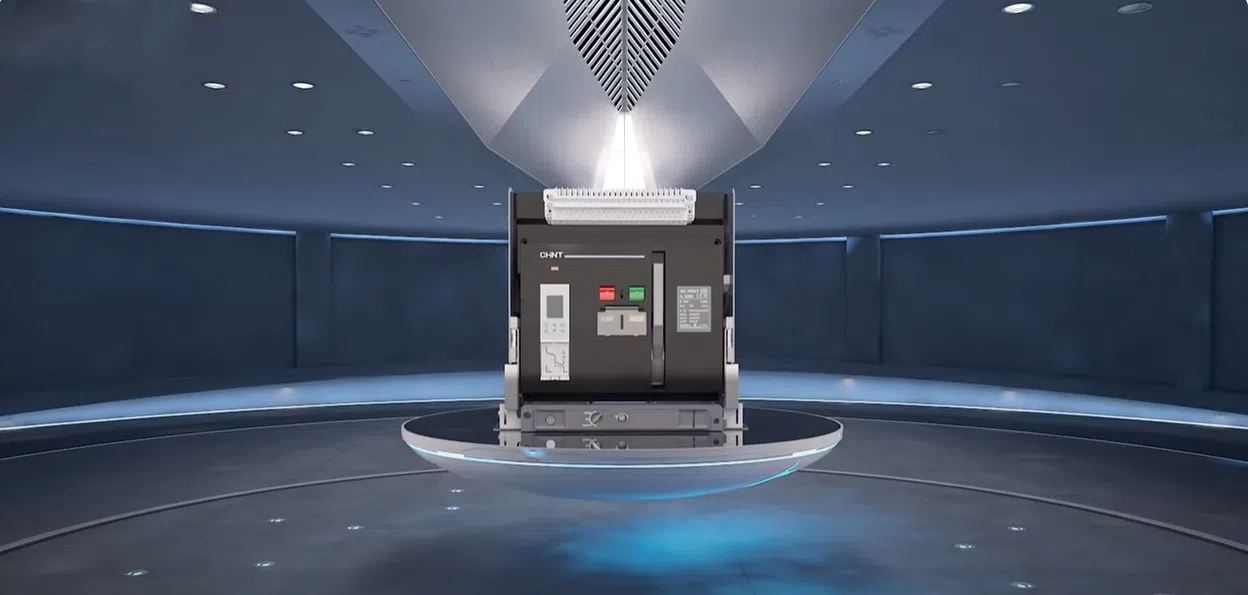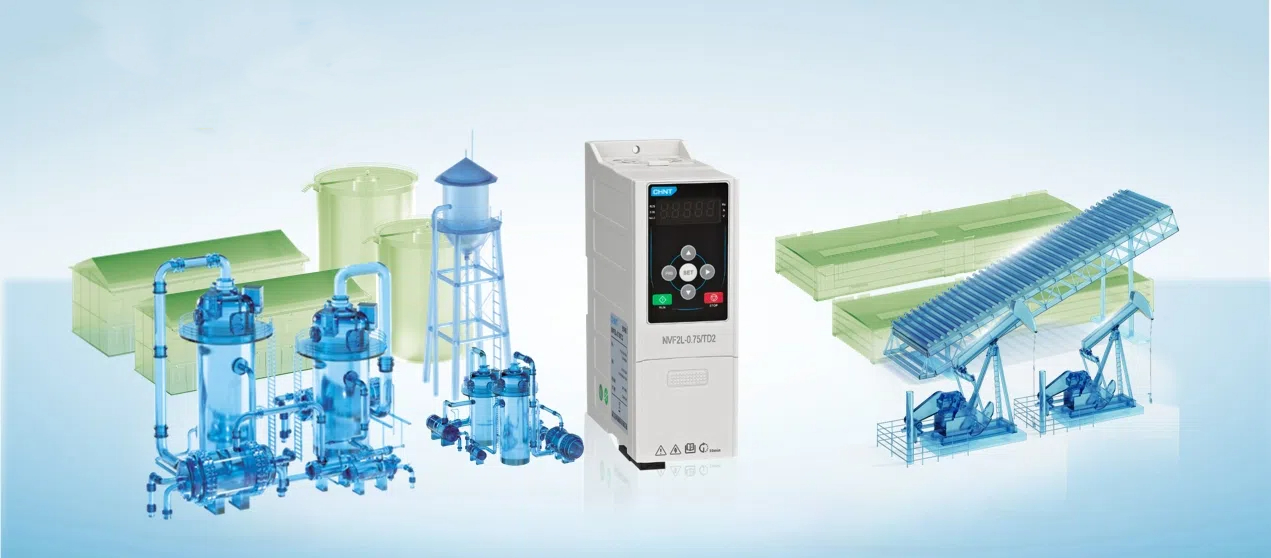Table of Contents |
Moulded Case Circuit Breakers (MCCBs) are an essential safety component of many electrical systems. MCCBs protect people, property, and equipment in the event of overcurrent or overvoltage. They are similar to circuit breakers but are more durable, have more features, and can be used in various industrial and residential setups.
Let’s take a look at the specifications and benefits of MCCBs, along with some tips for choosing the right MCCB for your unique situation.
Specifications of MCCBs
A moulded plastic case houses the circuit breaker’s components. This offers an extra layer of protection for the breaker. The breaker has three main components—a trip unit, an operating mechanism, and an arc extinguisher.
The trip unit senses when there is an overcurrent or undercurrent. It compels the operating mechanism and arc extinguisher to work together and stop the flow of electricity. The operating mechanism opens and closes the contacts. It prevents the handle from affecting how quickly the contacts open or close. The arc extinguisher eliminates the arc, cutting off all electricity flow in the area.
MCCBs have several specifications and ratings that you can use to ensure that you get the right MCCB for your needs. Below are some of the most important.
Current Rating
The current rating specifics the highest current the MCCB can continuously carry while maintaining safety. MCCBs can actually carry a little over the current rating, but only for limited time. MCCBs’ current ratings range from 10A-2500A. Matching the current rating with your machinery’s current should be your first consideration when choosing an MCCB
Breaking Capacity
The breaking capacity is the highest voltage an MCCB can interrupt without damaging equipment or the arc. Choose an MCCB with a high enough breaking capacity to manage your equipment.
Tripping Characteristics
MCCBs allow you to adjust tripping characteristics to meet your needs. You can set the MCCB to trip at various overload currents.
Article that you may be interested in: The Basics of Molded Case Circuit Breaker (MCCB)
What are the Benefits of MCCB?
One of the MCCB’s most significant benefits is its durability. Since it’s enclosed, it is less susceptible to the elements and prevents dust from getting into the circuit breaker. MCCBs last longer and are more dependable.
MCCBs are more compact than traditional circuit breakers. This makes it easier to integrate them into almost any system. This is particularly important in settings where space is limited.
MCCBs can withstand higher currents. This makes it a better option for heavy-duty equipment such as welding equipment, large motors, and others.
MCCBs also have customizable trip settings. It allows the circuit breaker to be adjusted to handle the specific current characteristics of different applications, such as the inrush of current in motor starting. This protects the motor from overload.
Many MCCBs have built-in protection features, such as thermal-magnetic or electronic trip units. This provides additional protection in case of overloads or short circuits.
Lastly, MCCBs are versatile. It can be used for various applications, from commercial buildings to industrial applications.
MCCB Pros
Durable
Work in a variety of setups
Can be configured to manage different issues
Easy to reset
Easier to maintain and less costly in the long run
MCCB Cons
- More expensive than traditional circuit breakers or fuses
- Does not work well in extremely high voltages
Choosing the Right MCCB for Installation
Choosing the right Molded Case Circuit Breaker is crucial for the safety of your workers and equipment and for ensuring optimum system efficiency. Here are some key factors to consider when selecting an MCCB:
- Frame Size: Choose a unit with appropriate dimensions for the available space. The rated current classification should be based on the priority coefficient (1.25).
- Rated Insulation Voltage: Use this reference value to determine the creepage and clearance distance. If not provided, use the rated working voltage for this calculation.
- Rated Current: For MCCBs, the rated current is adjustable below the maximum overload protection current.
- Ultimate Short-Circuit Breaking Capacity (Icu): Ensure the expected short circuit current is below the Icu to handle the fault current without damage.
- Shunt Trip for Protection Relays: If your electrical system includes protection relays, choose an MCCB that accepts inputs from such sensors.
Remember to consider the operating current and fault currents when sizing an MCCB. Ensure the working voltage is similar to the system’s voltage. Also, check if the trip range allows appropriate adjustment to the load current. Lastly, the breaking capacity should be higher than all possible fault currents.
Conclusion
Moulded Case Circuit Breakers serve a variety of situations and have many benefits. While they may cost more than a conventional circuit breaker, features like customizable trip lines, easy resets, and durability make them a worthwhile investment.
Chint Global is a leading manufacturer of electrical products, including the NM5C-100 MCCB. It is a compact-size Moulded Circuit Breaker with a high breaking capacity and up to 1500V of High DV voltage. It’s also designed for easy installation.
Contact Chint today to learn more about the NM5C-100 MCCB and other products. We’re here to help you keep your systems safe and reliable.
FAQ about Moulded Case Circuit Breaker
How does an MCCB differ from an MCB?
Can the trip settings of an MCCB be adjusted?
Can MCCBs provide ground fault protection?





